
In the world of lighting design, outdoor lighting is a crucial aspect that often gets overlooked. For lighting contractors, understanding the intricacies of outdoor lighting can significantly enhance both the aesthetic appeal and functionality of a space. This article delves into essential knowledge that every lighting contractor should possess regarding outdoor lighting, covering various types, installation tips, and the latest trends.
Outdoor lighting serves multiple purposes, from enhancing safety to creating ambiance. As a lighting contractor, it’s essential to be familiar with the different types of outdoor lighting to meet various client needs effectively.
Pathway lighting is critical for safety and navigation. It illuminates paths, driveways, and walkways, ensuring that individuals can see where they are going, especially at night. When selecting fixtures for these areas, consider low-level lighting options that provide enough illumination without being overwhelming.
LED fixtures are a popular choice due to their energy efficiency and longevity. Additionally, solar-powered lights have gained traction, offering an eco-friendly solution that requires minimal installation effort. These lights harness the sun’s energy during the day, making them a sustainable option for homeowners looking to reduce their carbon footprint. Furthermore, many modern solar lights come equipped with motion sensors, which can enhance their functionality by providing light only when needed, thus conserving energy.
Accent lighting is designed to highlight specific features in outdoor spaces, such as trees, sculptures, or architectural elements. This type of lighting adds depth and interest to a landscape, creating a visually appealing environment.
When installing accent lights, consider the angle and intensity of the light to avoid harsh shadows. Using dimmable fixtures can also provide flexibility, allowing clients to adjust the mood as needed. Additionally, color-changing LED lights can be a fantastic option for accent lighting, enabling homeowners to customize their outdoor ambiance for different occasions, such as parties or holidays. By strategically placing these lights, you can create dramatic effects that transform a simple garden into a stunning nighttime oasis.
Security lighting is essential for any outdoor space, as it deters potential intruders and enhances safety. Motion-sensor lights are particularly effective, as they activate when movement is detected, providing illumination only when necessary.
Incorporating smart technology into security lighting can further enhance its effectiveness. Systems that allow homeowners to control their lights remotely can provide peace of mind, especially when they are away from home. Additionally, integrating security cameras with lighting systems can create a comprehensive security solution. For instance, when motion is detected, not only do the lights turn on, but the cameras can also start recording, ensuring that any suspicious activity is documented. This combination of lighting and surveillance can significantly increase the overall safety of a property, making it less appealing to would-be intruders.
Proper installation is key to ensuring that outdoor lighting functions effectively and lasts for years. Here are some best practices that every lighting contractor should follow.
Before installation begins, it’s crucial to plan the layout of the lighting scheme. This involves assessing the area to determine where light is needed most. Consider factors such as the purpose of the space, the types of activities that will take place, and the aesthetic goals of the client.
Using a lighting design software can help visualize the layout and make adjustments as needed. This step not only saves time during installation but also ensures that the final result meets the client’s expectations. Additionally, it can be beneficial to conduct a site visit during different times of the day to observe how natural light interacts with the space. This can provide insights into shadow patterns and highlight areas that may require additional illumination, ensuring a comprehensive lighting plan.
Selecting the appropriate fixtures is vital for achieving the desired effect. Consider the style of the property and the surrounding landscape when choosing fixtures. For instance, modern homes may benefit from sleek, minimalist designs, while traditional properties might look better with classic lantern-style lights.
Additionally, ensure that the fixtures are rated for outdoor use. This is crucial for durability and safety, as outdoor lights are exposed to various weather conditions. It’s also wise to consider energy-efficient options, such as LED fixtures, which not only provide long-lasting illumination but also significantly reduce energy consumption. Moreover, incorporating dimmable fixtures can add versatility to the lighting scheme, allowing homeowners to adjust brightness levels for different occasions, from lively gatherings to quiet evenings under the stars.
When it comes to outdoor lighting, proper wiring and power supply are essential for safety and functionality. Ensure that all wiring is buried at a safe depth to prevent damage and reduce the risk of electrical hazards.
Using low-voltage systems can be a safer option for outdoor lighting, as they reduce the risk of electrical shock. Additionally, consider the use of timers or smart controls to enhance energy efficiency and convenience for the homeowner. Smart controls can integrate with home automation systems, allowing users to manage their lighting remotely via smartphone apps. This not only adds a layer of convenience but also enables homeowners to create schedules or scenes that enhance security by simulating occupancy when they are away. Furthermore, regular maintenance checks on the wiring and fixtures can prolong the lifespan of the lighting system, ensuring that it remains both functional and visually appealing over time.
Staying updated with the latest trends in outdoor lighting can set you apart as a lighting contractor. Here are some trends that are currently shaping the industry.
Smart technology is revolutionizing the way we approach outdoor lighting. Homeowners are increasingly looking for systems that can be controlled via smartphones or voice-activated devices. These systems allow for greater flexibility and customization, enabling users to set schedules, adjust brightness, and even change colors.
As a contractor, being knowledgeable about smart lighting options can help you cater to tech-savvy clients who are looking for modern solutions to their outdoor lighting needs. Additionally, many smart lighting systems can integrate with home security features, providing added safety and peace of mind. Imagine a scenario where your clients can program their lights to mimic their presence at home, deterring potential intruders while they are away. This added functionality not only enhances the appeal of smart lighting but also positions you as a forward-thinking contractor who understands the multifaceted benefits of modern technology.
With growing awareness of environmental issues, many homeowners are seeking eco-friendly lighting options. Solar-powered lights, energy-efficient LED fixtures, and systems that utilize renewable energy sources are becoming increasingly popular.
As a contractor, promoting these options not only aligns with sustainability goals but can also attract a broader client base interested in reducing their carbon footprint. Furthermore, many local governments offer incentives for homeowners who choose eco-friendly solutions, which can be a persuasive selling point. By educating your clients on the long-term savings associated with energy-efficient lighting, such as reduced electricity bills and lower maintenance costs, you can position yourself as a knowledgeable advocate for sustainable living, enhancing your credibility and appeal in the marketplace.
Layered lighting involves using multiple types of lighting to create a dynamic and functional outdoor space. This approach can include a combination of ambient, task, and accent lighting, allowing for flexibility and adaptability in different scenarios.
By understanding how to implement layered lighting designs, you can offer clients a more comprehensive solution that enhances both the beauty and usability of their outdoor spaces. For instance, ambient lighting can provide a warm glow for evening gatherings, while task lighting can illuminate pathways or outdoor kitchens for practical use. Accent lighting, on the other hand, can highlight architectural features or landscaping elements, creating visual interest and depth. By showcasing your ability to design these layered systems, you can help clients envision their outdoor areas as not just functional spaces, but also as extensions of their home that can be enjoyed day or night, all while maximizing safety and aesthetic appeal.
Once outdoor lighting is installed, regular maintenance is necessary to ensure longevity and performance. Here are some maintenance tips that every lighting contractor should share with their clients.
Outdoor fixtures are exposed to the elements, which can lead to dirt and grime buildup. Regular cleaning is essential to maintain their appearance and functionality. Encourage clients to clean their fixtures periodically, ensuring that lenses are clear and unobstructed.
Using a soft cloth and mild detergent can help preserve the finish of the fixtures while keeping them looking their best.
Conducting seasonal inspections can help identify any potential issues before they become significant problems. Encourage clients to check for any damaged wires, burnt-out bulbs, or loose fixtures. Addressing these issues promptly can prevent costly repairs down the line.
Additionally, inspecting the landscape for any overgrowth that may obstruct light can help maintain the effectiveness of the lighting system.
As technology continues to evolve, consider recommending upgrades to clients. This could include replacing older fixtures with more energy-efficient models or integrating new smart technology into existing systems. Staying ahead of technological advancements can enhance the overall lighting experience for homeowners.
Outdoor lighting is an essential component of landscape design that enhances safety, aesthetics, and functionality. As a lighting contractor, having a thorough understanding of the various types of outdoor lighting, installation best practices, and current trends can set you apart in a competitive market.
By focusing on quality, innovation, and customer satisfaction, you can ensure that your outdoor lighting projects not only meet but exceed client expectations. Embrace the opportunities that outdoor lighting presents, and continue to educate yourself on the latest developments to provide the best service possible.
Ready to elevate your outdoor lighting projects with the highest quality products at the best value? Look no further than LumenWholesale for a vast selection of spec-grade lighting solutions. We provide contractors with superior lighting products at wholesale prices, ensuring you can deliver exceptional results to your clients without breaking the bank. Enjoy the convenience of free shipping on bulk orders and discover how LumenWholesale combines quality, affordability, and convenience to enhance your professional lighting endeavors.
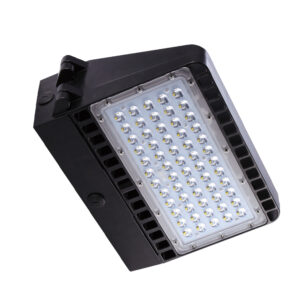
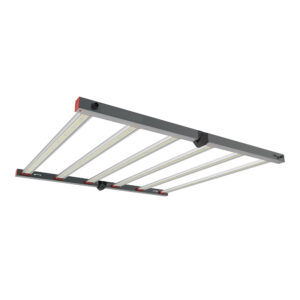
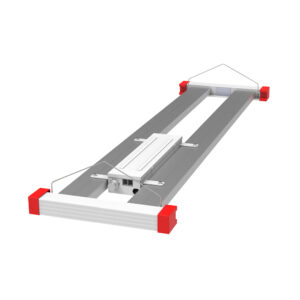
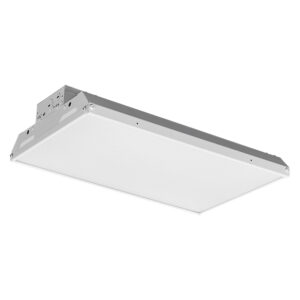
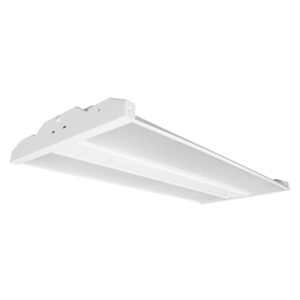
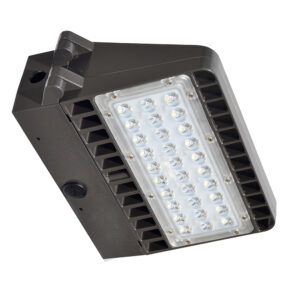

Discover the essential insights and benefits of floodlights for lighting contractors.

Discover why the A19 bulb is a must-know for lighting contractors.
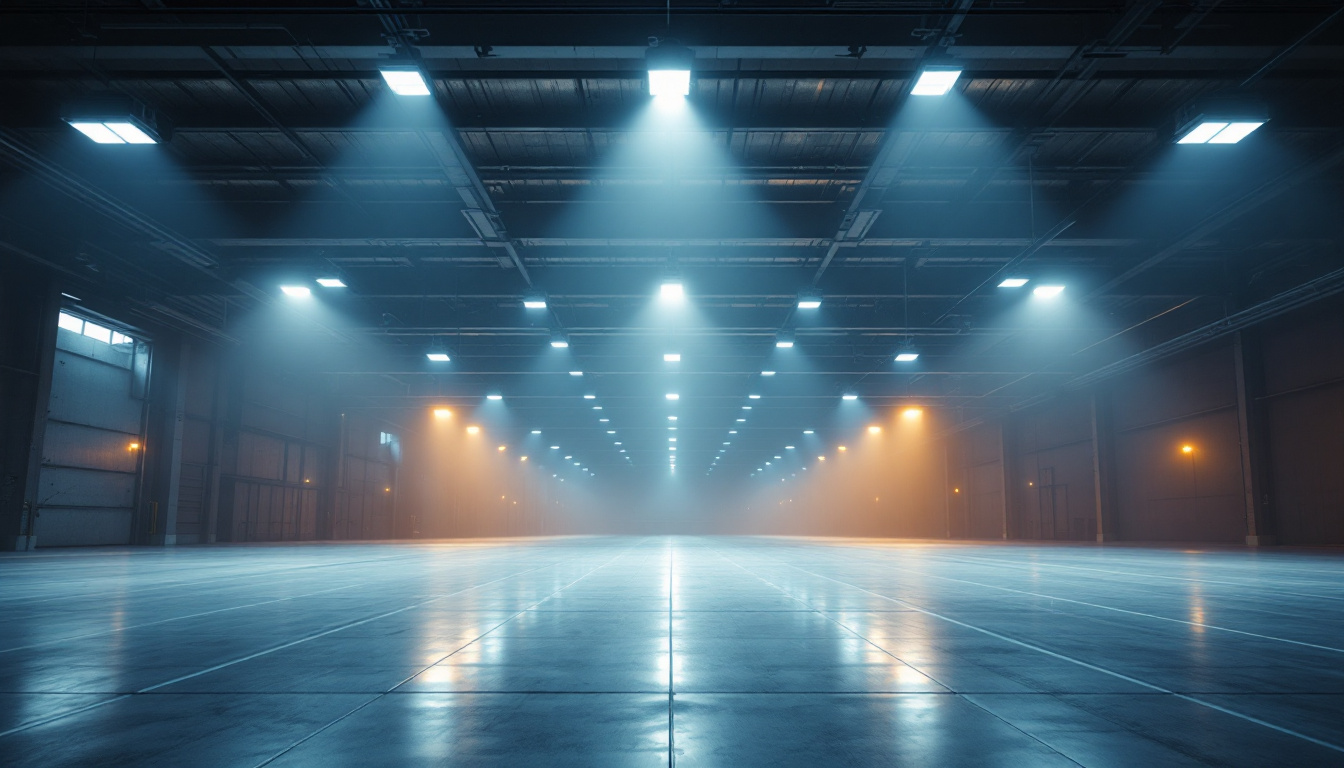
Discover the essential facts about 400W high bay lights that every lighting contractor needs to know.

Discover the essential guide for lighting contractors on wall sconces, exploring design trends, installation tips, and energy-efficient solutions to enhance any space..
Get notified when NEW deals are released.
Optimize your budget with wholesale discounts.
Only top-quality, specification-grade lighting products.
No additional costs at checkout - what you see is what you pay.
We understand the unique needs of contractors.